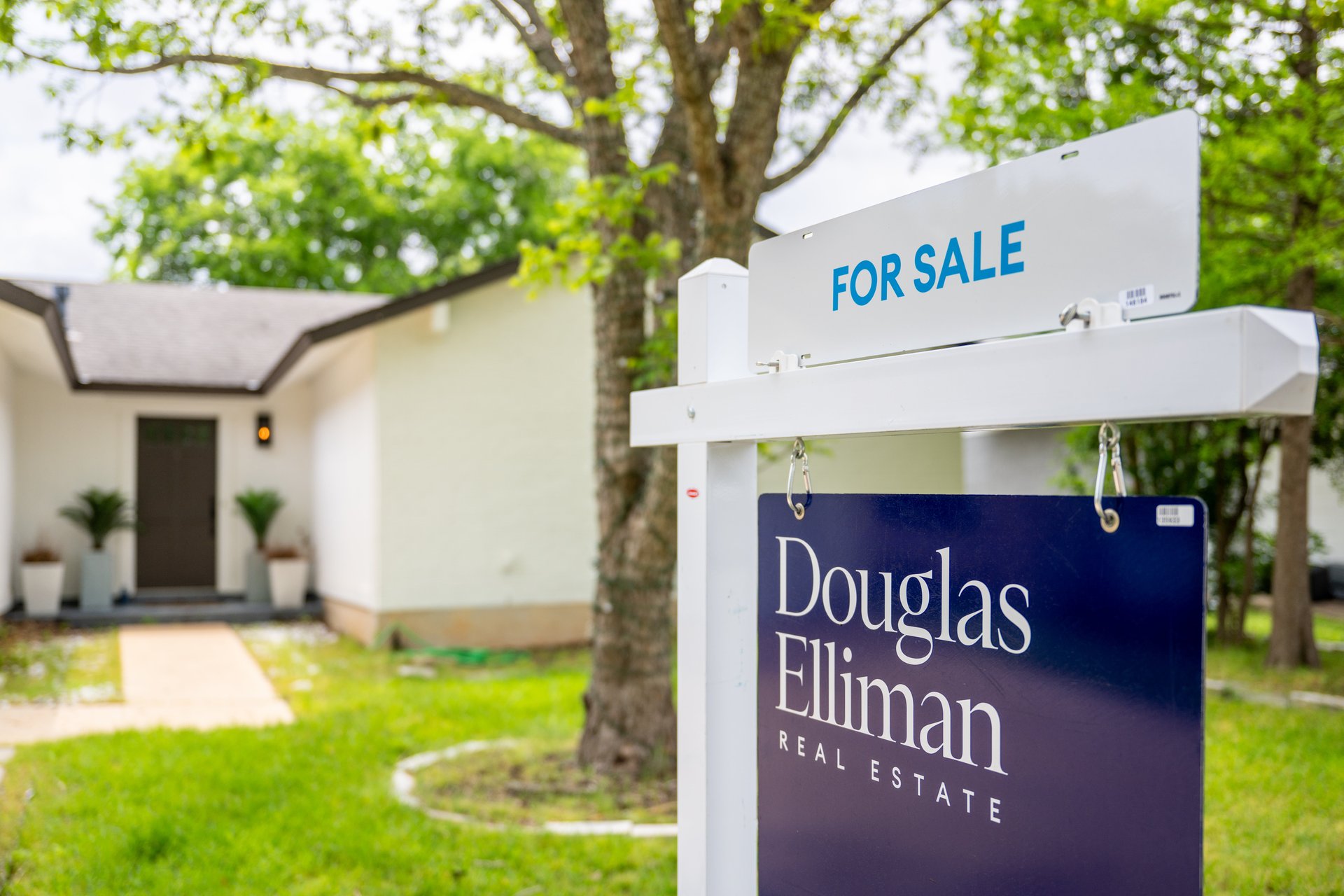The housing market cracks
It’s not just about affordability.

The American housing market, a post-pandemic juggernaut that seemed unstoppable, is finally showing signs of fatigue.
Suggested Reading
After more than two years of relentless price increases, the fundamentals are shifting. Home prices are starting to fall, unsold inventory is piling up to levels not seen since the 2008 financial crisis, and buyers — from first-time purchasers to luxury shoppers — are walking away from deals or demanding steep discounts.
Related Content
The combination of mortgage rates hovering around 7% and mounting economic uncertainty around tariffs has created a host of reasons for a buyer to hesitate. What’s emerging is a market where sellers are making concessions and buyers hold the cards — a dramatic reversal from the bidding wars and cash offers that defined the market.
Home prices in the 20 biggest U.S. metropolitan areas fell 0.12% in March from the previous month, according to the S&P CoreLogic Case-Shiller index. It’s a small dip, sure, but it marks the end of a relentless upward march that has defined the housing market since January 2023.
The bigger shift is happening in supply. Unsold completed new single-family homes hit 117,000 in April — the highest level since July 2009, according to Census Bureau data analyzed by housing researcher Lance Lambert. That’s a 31% jump from the previous year, and it’s happening at a time when homebuilders are getting increasingly nervous about demand.
Even luxury buyers are backing away. Luxury home sales fell 10% in April from a year earlier, marking the steepest decline since 2023, according to Redfin data. This isn’t just about mortgage rates — these are cash buyers and jumbo loan borrowers who theoretically have more financial flexibility. But the retreat among wealthy buyers reflects a broader pattern of anxiety spreading even among the top 5% of U.S. households, with some $7 trillion sitting in money-market funds rather than being deployed into assets like real estate and stocks.
For buyers, the landscape is becoming more negotiable.Almost half of sellers are already offering concessions, according to Redfin, and inventory levels are at the highest point since September 2020.
Real estate agents are witnessing the shift in real time. Oregon agent Meme Loggins recently worked with a buyer who successfully negotiated $50,000 off a home’s asking price, only to walk away entirely, citing economic uncertainty. “Everybody wants a deal,” Loggins told Marketplace. “Everybody’s asking for a concession of some sort, either for closing costs, or a fair-sized price reduction, or both.”
The geographic picture tells its own story. Texas is leading the correction, with listings hitting 123,000 in April 2025 — 53% higher than normal — making it the fourth most oversupplied housing market in the U.S., according to real estate analyst Nick Gerli. Austin alone has seen a 20.4% fall in home values from pandemic highs, according to Gerli, representing the biggest metro-level correction in America.
Florida markets are similarly strained, with metro areas such as Tampa and Jacksonville showing up repeatedly on lists of markets with the most price cuts. Even the Bay Area in California, long considered recession-proof, is showing cracks. In March, about 1,300 new homes hit the market in the San Francisco metropolitan area, but only 780 homes changed status to “pending” — the largest March gap since at least 2012, according to Redfin.
What makes this moment particularly interesting is that it’s not just about affordability, though 7% mortgage rates certainly aren’t helping. There’s a confidence problem brewing, and it’s affecting buyers across income levels. Analysts at Citi Research warned that housing activity looks set to contract, potentially signaling a recession ahead, noting that residential investment is “the most interest rate sensitive sector in the economy.”
Federal Housing Finance Agency Director William Pulte has taken notice, urging Federal Reserve Chair Jerome Powell to cut interest rates. “The housing market would be in much better shape” if rates were lowered, Pulte posted on social media.
Most analysts expect the trends to continue. Redfin estimates that home prices will fall 1% in the fourth quarter — which would mark the first annual price decrease since 2012. Zillow also expects home values to fall by 1.4% this year.
But don’t expect a flood of bargains just yet. Many buyers remain priced out by mortgage rates, while homeowners locked into low-rate mortgages from the pandemic era are reluctant to sell and give up their favorable financing. The result is a market caught between hesitant buyers and reluctant sellers — creating the kind of standoff that could keep transaction volumes depressed even as prices moderate only slightly.
What’s emerging looks less like the frenzied seller’s market of recent years and more like a traditional housing market where buyers can negotiate and sellers have to compete. The question now is whether this represents a return to normal — or the early stages of something more severe.
—Jackie Snow, Contributing Editor